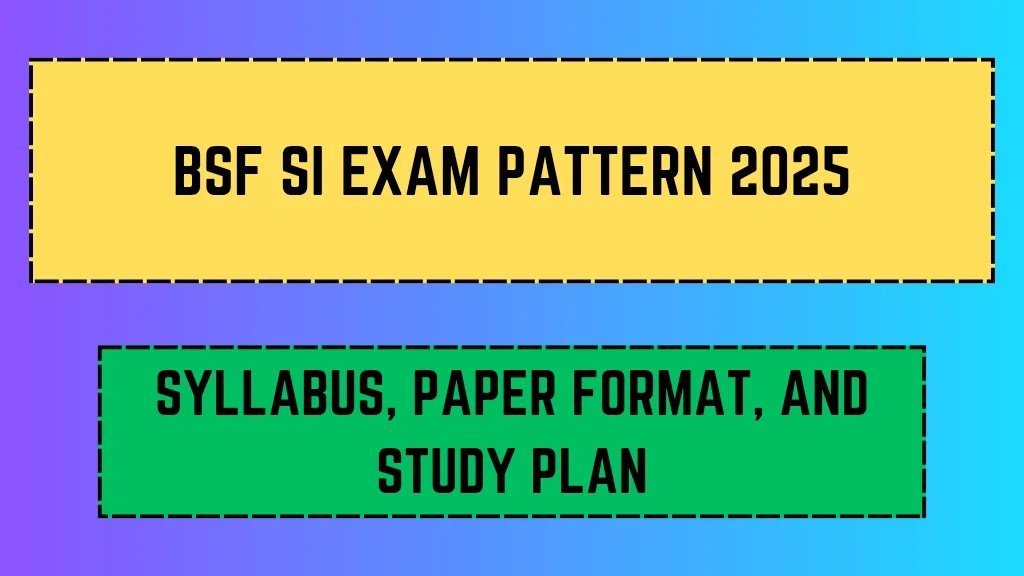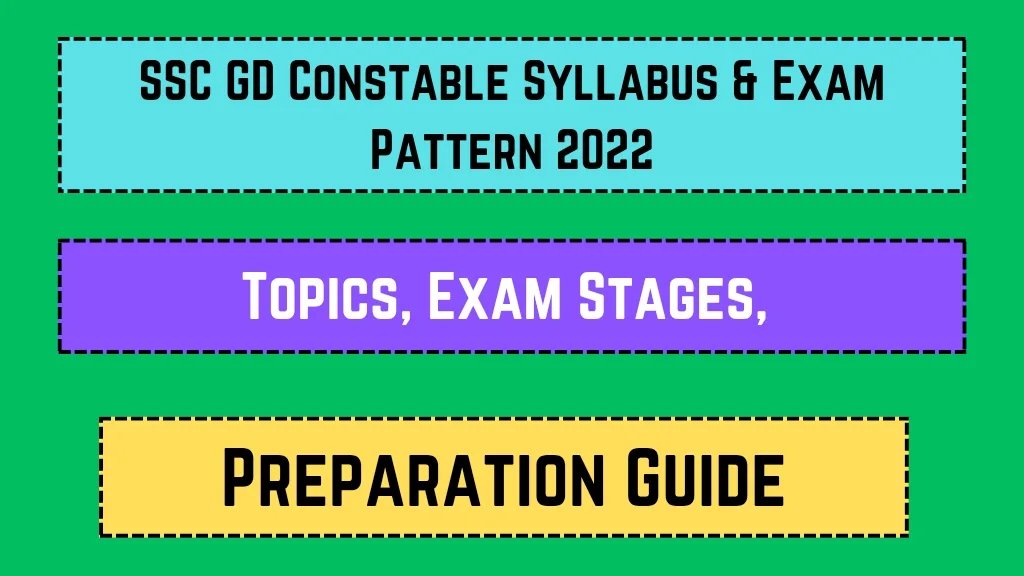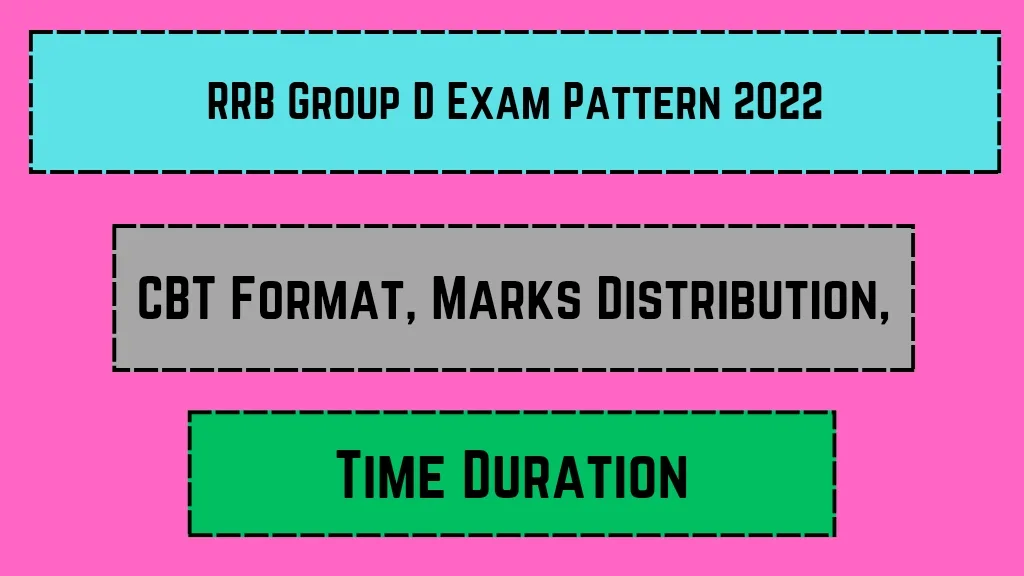Embarking on a career with the Border Security Force (BSF) as a Sub-Inspector (SI) is both prestigious and challenging. To excel in the BSF SI Exam 2025, it’s essential to understand its structure, syllabus, and effective preparation strategies. Let’s delve into the key aspects to guide your journey.
Key Highlights ✨
- Organization Name: Border Security Force (BSF)
- Post Name: Sub-Inspector (SI)
- Selection Process: Written Examination, Physical Test, Medical Examination
- Written Exam Structure: Two Papers – Paper I (Objective) and Paper II (Descriptive)
- Subjects Covered: General Intelligence & Reasoning, General Awareness, General Engineering
- Total Marks: 200
- Negative Marking: As per BSF guidelines
- Exam Date: To be announced
- Official Website: bsf.gov.in
Written Examination Structure 🖋️
The BSF SI written exam is divided into two papers:
Paper I: Objective Type
- Subjects:
- General Intelligence & Reasoning: 25 questions, 25 marks
- General Awareness: 25 questions, 25 marks
- General Engineering: 50 questions, 50 marks
- Duration: 1 hour 30 minutes
Paper II: Descriptive Type
- Subject: General Engineering (specific to the candidate’s discipline)
- Marks: 100
- Duration: 2 hours
Note: Ensure clarity on the negative marking policy by referring to the official guidelines.
Detailed Syllabus 📚
Understanding the syllabus is crucial for targeted preparation. Here’s a breakdown:
General Intelligence & Reasoning
- Topics Include:
- Analogies
- Similarities and Differences
- Spatial Visualization
- Problem Solving
- Decision Making
- Visual Memory
- Relationship Concepts
- Arithmetical Reasoning
- Coding and Decoding
General Awareness
- Focus Areas:
- Current Affairs (National & International)
- History and Culture
- Geography
- Economic Developments
- Polity
- Scientific Research
General Engineering
- Civil Engineering:
- Building Materials
- Estimating, Costing, and Valuation
- Surveying
- Soil Mechanics
- Hydraulics
- Environmental Engineering
- Electrical Engineering:
- Basic Concepts
- Circuit Law
- Magnetic Circuit
- AC Fundamentals
- Measurement and Measuring Instruments
- Electrical Machines
- Mechanical Engineering:
- Theory of Machines
- Thermodynamics
- Engineering Mechanics
- Fluid Mechanics
- Heat Transfer
- Production Engineering
Note: Candidates should focus on the discipline relevant to their educational background.
Physical Test Requirements 🏃
Post the written examination, candidates undergo a Physical Efficiency Test (PET). The standards typically include:
- 100 meters Race: Completion within a specified time
- 1.6 km Race: Completion within a specified time
- Long Jump: Minimum qualifying distance
- High Jump: Minimum qualifying height
Note: Specific criteria may vary; refer to the official notification for detailed standards.
Medical Examination 🔍
Candidates clearing the PET are subjected to a medical examination to ensure they meet the health standards set by BSF.
Effective Study Plan 📆
A structured approach can enhance your preparation:
- Understand the Syllabus: Familiarize yourself with each topic.
- Create a Timetable: Allocate specific time slots for each subject daily.
- Regular Revisions: Periodically revisit topics to reinforce learning.
- Practice Previous Papers: Solving past papers aids in understanding the exam pattern and time management.
- Stay Updated: Regularly read newspapers and journals to keep abreast of current affairs.
Recommended Resources 📖
- General Intelligence & Reasoning: Books by R.S. Aggarwal
- General Awareness: Lucent’s General Knowledge
- Engineering Subjects: Standard textbooks specific to your discipline
Embarking on the path to becoming a BSF Sub-Inspector requires dedication, strategic planning, and consistent effort. Equip yourself with the right resources, stay disciplined in your studies, and maintain a positive outlook. Your commitment today will pave the way for a rewarding career ahead.












